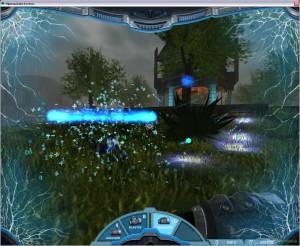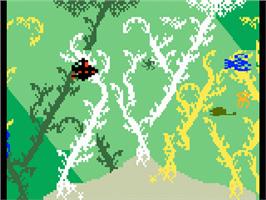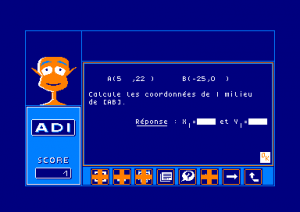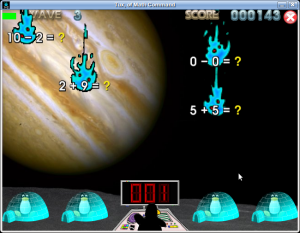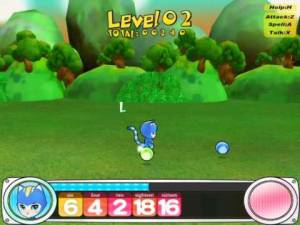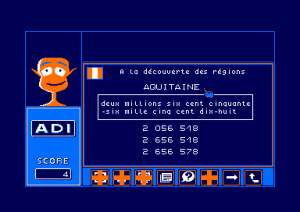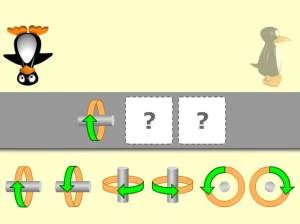Game Classification
Motion Math (Motion Math HD) Gabriel Adauto’s / Jacob Klein / ZDesign (U.S.A.), Motion Math (U.S.A.), 2010 Download it Now !
Classification
SERIOUS GAME(Edugame)
Keywords
Purpose
Besides play, this title features the following intents:- Educative message broadcasting
- Training
Market
This title is used by the following domains:- Education
Audience
This title targets the following audience:Age : 8 to 11 years old / 12 to 16 years old
Students
Gameplay
The gameplay of this title is Game-based(designed with stated goals)
Similar games
 Motion Math gives learners a physical experience of the number line and an intuitive feeling for fractions. Fractions are a notoriously difficult area for many; if a learner never gains a gut sense for fractions, it can impede progress in more advanced forms of math. One reason fractions are tough is that they can be written in so many different ways! Motion Math helps learners perceive and estimate many important representations — numerator over denominator (1/2), percents (50%), decimals (.5), and even pie charts! By connecting each type with its distance on the number line, learners can develop a fast, accurate perception of fractions.
Motion Math gives learners a physical experience of the number line and an intuitive feeling for fractions. Fractions are a notoriously difficult area for many; if a learner never gains a gut sense for fractions, it can impede progress in more advanced forms of math. One reason fractions are tough is that they can be written in so many different ways! Motion Math helps learners perceive and estimate many important representations — numerator over denominator (1/2), percents (50%), decimals (.5), and even pie charts! By connecting each type with its distance on the number line, learners can develop a fast, accurate perception of fractions.
The Motion Math game follows a star trying to return from earth to its home in a far-away galaxy. Moving up through different levels motivates a player to keep playing and keep learning, while bonus levels practice an important variation on the number line theme – is a fraction more or less than another fraction? Progress stars, sound effects, star effects, exclamations (“Yes!” “Perfect!”) and bonus points reward a player for correctly knowing, and correctly aiming, the problems.
Motion Math was first developed at the Stanford School of Education, and was inspired by academic research into embodied cognition, the idea that connecting one’s body to abstract concepts can deepen understanding. The game tightly connects the gameplay with learning: you have to know your fractions to make it back up to space. Tilt controls make for fun gameplay and help reinforce the learner’s physical connection to the content, turning the mobile device into a virtual manipulative — a way to physically interact with math.
Distribution : Internet - Commercial
Platform(s) : iPhone / iPod Touch
 Français
Français English
English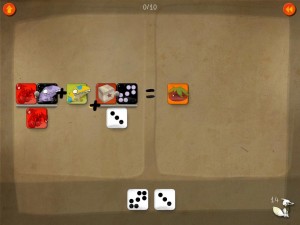
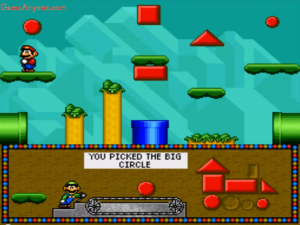
.jpg)
